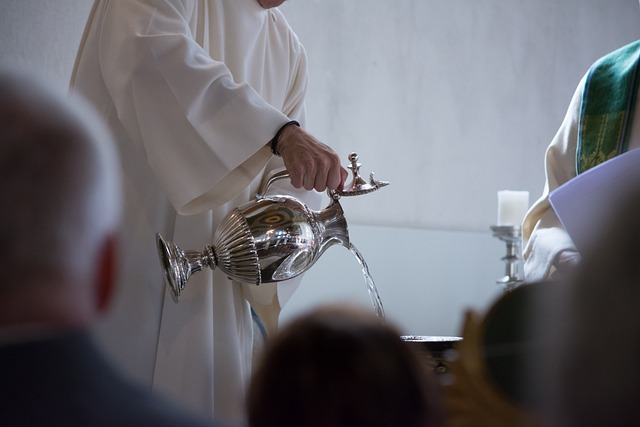Throughout history, religious rituals have been an integral part of human expression, allowing individuals and communities to connect with the divine and with each other. At the heart of these rituals often lies a profound sense of liturgical space, a sacred environment carefully crafted to facilitate spiritual encounters. As we explore the significance of these spaces, we find that they do more than serve as mere settings; they embody the beliefs, hopes, and shared experiences of those who gather within them.
The concept of liturgical space transcends mere physical architecture. It invokes a deep emotional resonance, drawing from the rituals performed within its walls. From majestic cathedrals adorned with intricate stained glass to humble temples filled with the scents of incense, these spaces invite a sense of reverence and contemplation. Each element, from colors to materials, plays a crucial role in shaping the spiritual atmosphere, creating a sanctuary where the divine can be encountered.
Consider the way in which communal prayers and rituals take on new dimensions when conducted in spaces designed for that purpose. In a church, the way light filters through the stained glass during a service can illuminate deeper meanings, making the experience not just one of participation, but of transformation. The very architecture becomes a participant in the ritual, elevating ordinary moments into opportunities for divine connection.
Moreover, liturgical spaces often reflect the cultural and historical contexts of the faith they serve. A visit to a traditional mosque, with its call to prayer echoing through expansive halls, transports worshippers into a realm where time seems suspended. Similarly, the rhythmic chanting and intricate movements in a Hindu temple convey deep spiritual truths that have been passed down through generations. In these contexts, the space itself becomes a living testament to the faith’s vital legacy.
Interacting with liturgical space can also evoke personal reflection and a sense of belonging. Whether it’s during solemn moments of meditation or joyous celebrations, these environments allow individuals to confront their own spiritual journeys. As worshippers gather, they are reminded of their shared humanity, their struggles, and their hopes for transcendence. In this communion, the space pulsates with collective energy, transforming the atmosphere into a sacred haven where all feel welcome.
The power of liturgical spaces also extends beyond their walls. Many faith traditions emphasize the importance of finding sacredness in everyday life, urging practitioners to seek the divine in the ordinary. This belief encourages individuals to cultivate their own personal liturgical spaces—be it a corner of their home dedicated to reflection, a quiet park bench, or even a bustling café. By fostering a sense of sacredness wherever they may be, individuals are empowered to carry the transformative energy of these rituals into their daily lives.
As we delve deeper into the world of rituals, it becomes evident that liturgical spaces act as gateways to the divine. They invite us to step outside our mundane routines and step into realms filled with meaning and purpose. In revisiting these spaces, whether through ritualistic practices or personal reflection, we not only honor the traditions of the past but also embrace the opportunity to shape our spiritual identities. The intimate bond between space, ritual, and spirituality continues to echo through generations, reminding us of the sacred in both the extraordinary and the commonplace.



